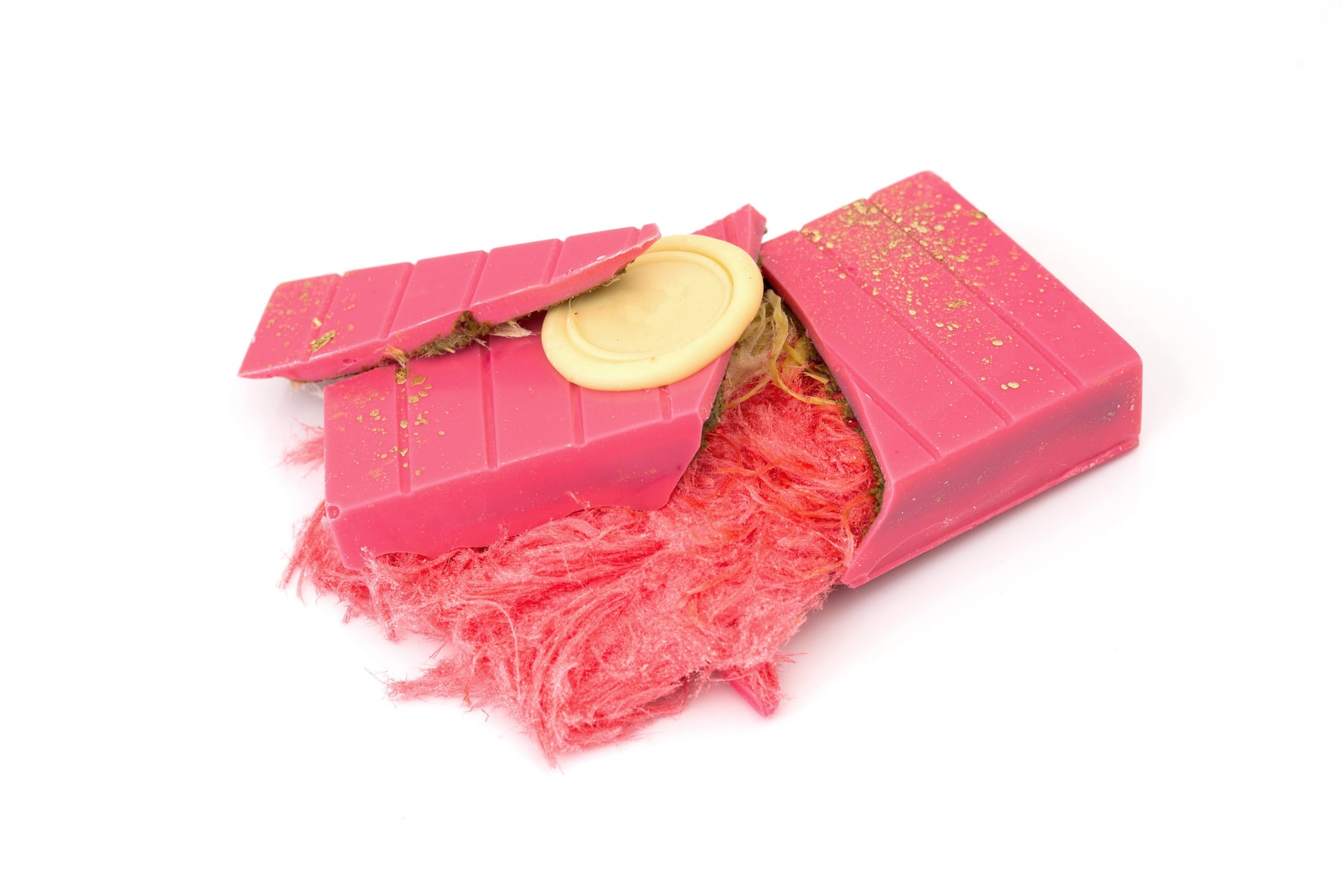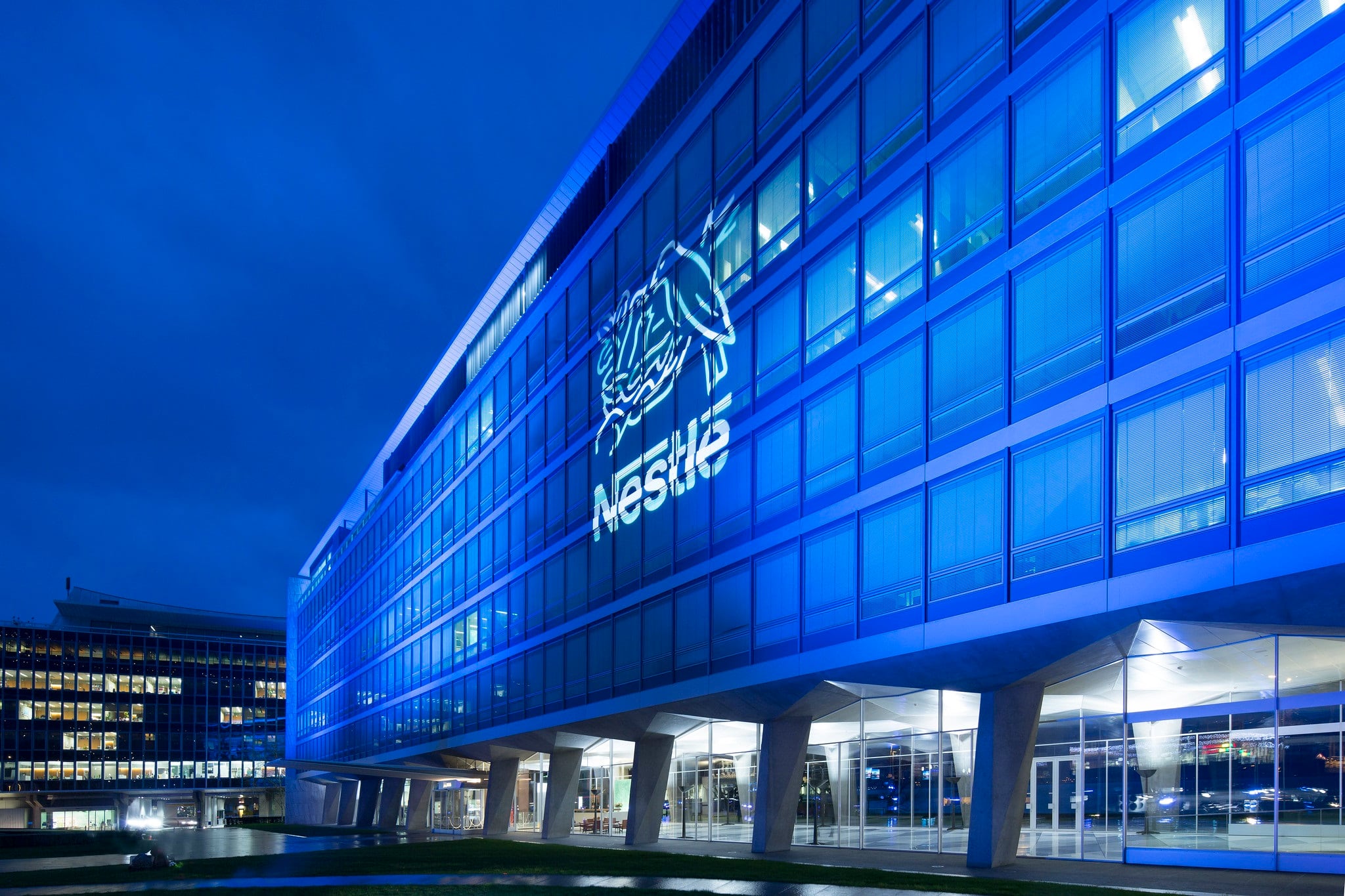Chocolate market outlook summary: What’s driving growth?
- Global chocolate market to reach $180B by 2035
- Milk chocolate leads with 51.2% share due to broad appeal
- Premium, functional and ethical products drive consumer demand shifts
- E-commerce boosts access to seasonal and niche chocolate offerings
- Plastic packaging dominates with 43.7% share, supported by recyclability
The $129bn (€110bn) chocolate market, is one of the biggest in food and beverage, and it’s growing fast.
With a CAGR of 3.3%, it’s projected to reach almost $180bn ($178.7bn) by 2035 (analytics group Future Market Insights).
“The chocolate market represents a prominent segment within the global confectionery and sweet goods industry, emphasising flavour, indulgence, and consumer preference,” says Nandini Roy Choudhury, principal consultant for food and beverage at Future Market Insights.
In fact, chocolate accounts for around 18% of the overall confectionery sector, which includes gummies, toffees, ice cream, cakes and cookies. This is driven by demand in retail, foodservice, and premium gift segments.
And in the packaged snacks and bakery ingredients market, it holds around a 9.8% share.
Taking a closer look, it’s milk chocolate that dominates, with a hefty 51.2% share. This market control, says Choudhury, is maintained through widespread consumer preference for its creamy texture, balanced sweetness, and its approachable flavour profile.
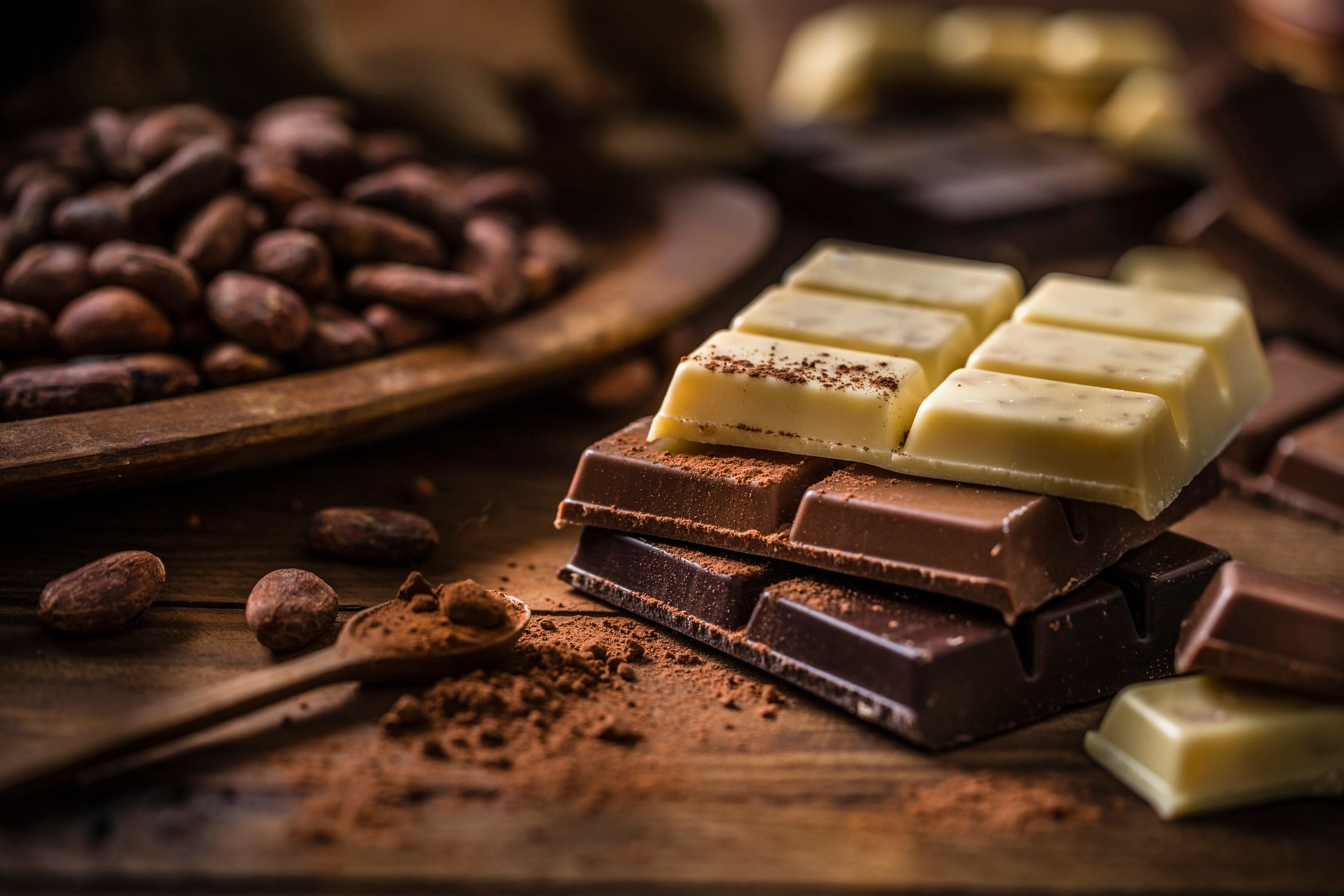
Growth drivers in chocolate
“The market has witnessed significant expansion due to increasing global consumption, rising preference for premium and functional products, and growth in organised retail and e-commerce channels,” says Future Market Insights’ Choudhury.
What’s more, chocolate is consumed across age groups and socio-economic segments for indulgence, gifting, and health-oriented purposes.
Current market dynamics, says Choudhury, are increasingly shaped by premiumisation trends, with manufacturers focusing on high-quality ingredients, unique flavours, and healthier formulations to cater to changing dietary preferences.
Meanwhile, urbanisation, rising disposable incomes, and the influence of Western confectionery culture in emerging economies is driving consumption growth across diverse demographics.
Packaging innovations, supply chain efficiencies, and strategic retail partnerships have further reinforced the market’s ability to adapt to shifting consumer behaviours.
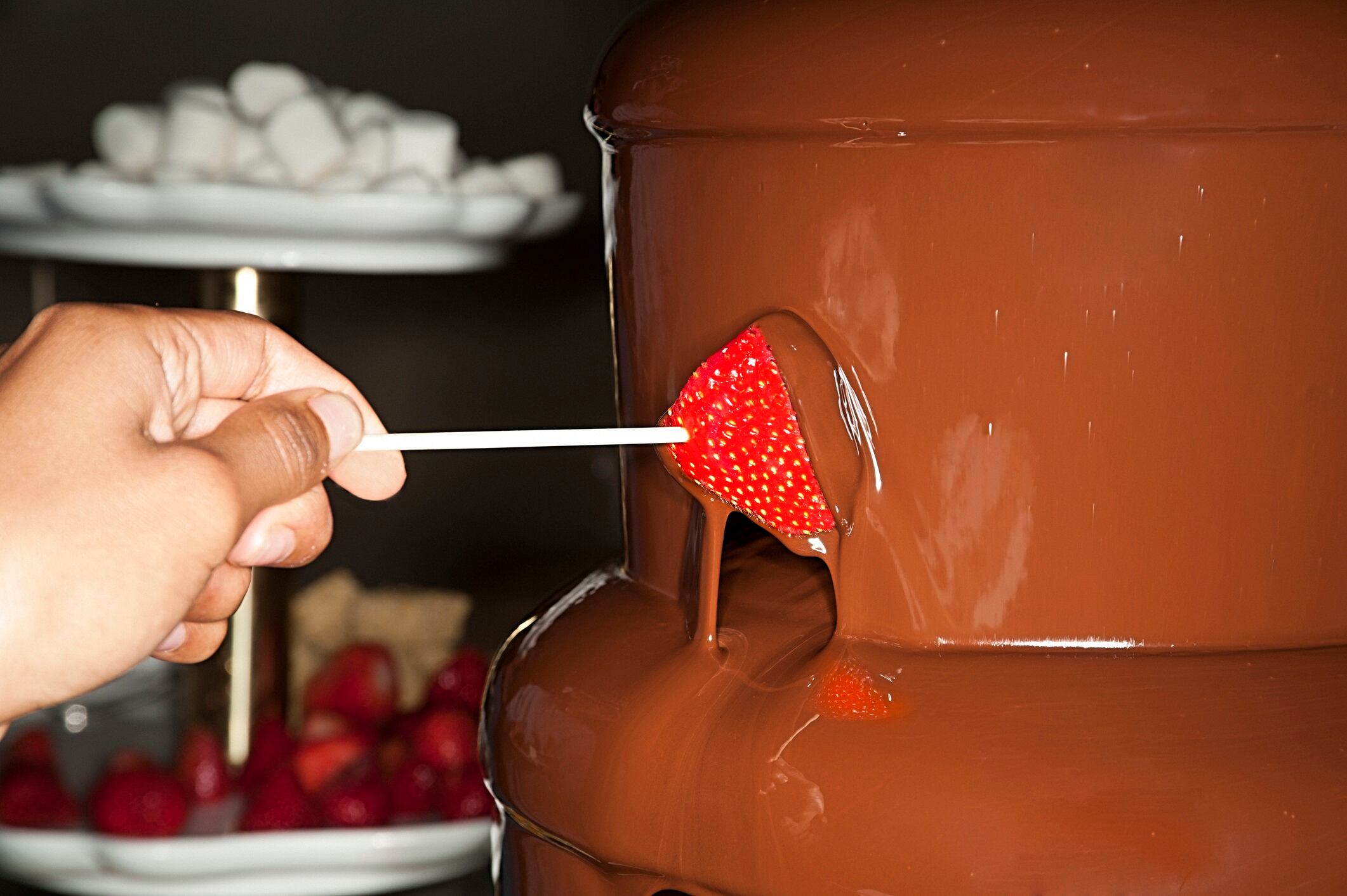
What’s next for chocolate?
Trends shaping the future
Looking to the future, premium and functional chocolate is expected to become more prominent in the chocolate space, as interest in high-quality and health-oriented products grow.
“Dark chocolate with high cocoa content, sugar-free variants, and chocolates fortified with vitamins, minerals, or probiotics are increasingly favoured by health-conscious consumers,” says Choudhury.
At the same time, seasonal and festive gifting is amplifying demand for luxury packaging and artisan chocolates.
Sustainability trends, including ethically sourced cocoa and eco-friendly packaging, are expected to influence purchasing decisions more and more.
Production improving
The cocoa industry continues to struggle with the impact of climate change and disease on cocoa crops.
However, cocoa production and processing efficiency have had a positive effect on the market.
“Investments in mechanised processing, fermentation, and quality control have enhanced flavour consistency, yield, and product stability,” says Future Market Insights’ Choudhury.
The integration of traceability systems and digital monitoring in supply chains is helping to ensure authenticity and eliminate adulteration.
Plus, emerging markets are witnessing increased sourcing of locally grown cocoa and partnerships with cooperatives, which is boosting supply chain resilience.
Efficient logistics, cold chain management, and improved warehousing practices are also enabling timely delivery of raw materials and finished products, reducing waste and cost pressures.
“These operational improvements are not only improving product quality but have the added bonus of supporting market growth by facilitating timely access to chocolate products for retailers and consumers worldwide,” says Choudhury.
E-commerce supporting growth
The rapid increase in e-commerce platforms and modern retail formats has significantly strengthened market growth.
“Online platforms provide direct-to-consumer sales, enabling access to premium, seasonal, and niche chocolate offerings beyond local markets,” says Future Market Insights’ Choudhury.
Elsewhere, supermarkets, hypermarkets, and specialty stores offer a more broad product assortment alongside promotional activities, all of which drive impulse purchases and repeat consumption.
The future of chocolate packaging
When it comes to the packaging of chocolate, plastic still leads the way, holding a 43.7% share in the overall market, and this is expected to continue.
This dominance, says Future Market Insights’ Choudhury, is attributed to its durability, lightweight nature, and cost efficiency, which make it an ideal choice for mass distribution.
“Plastic packaging offers strong barrier properties that protect chocolate products from moisture, oxygen, and physical damage, ensuring extended shelf life and product integrity,” she explains.
Its flexibility also allows for diverse shapes and sizes, giving brands the opportunity to have some fun with the design, and strongly differentiate themselves from their competitors.
The segment’s growth has also been supported by advancements in recyclable and biodegradable plastic materials, aligning with sustainability goals.
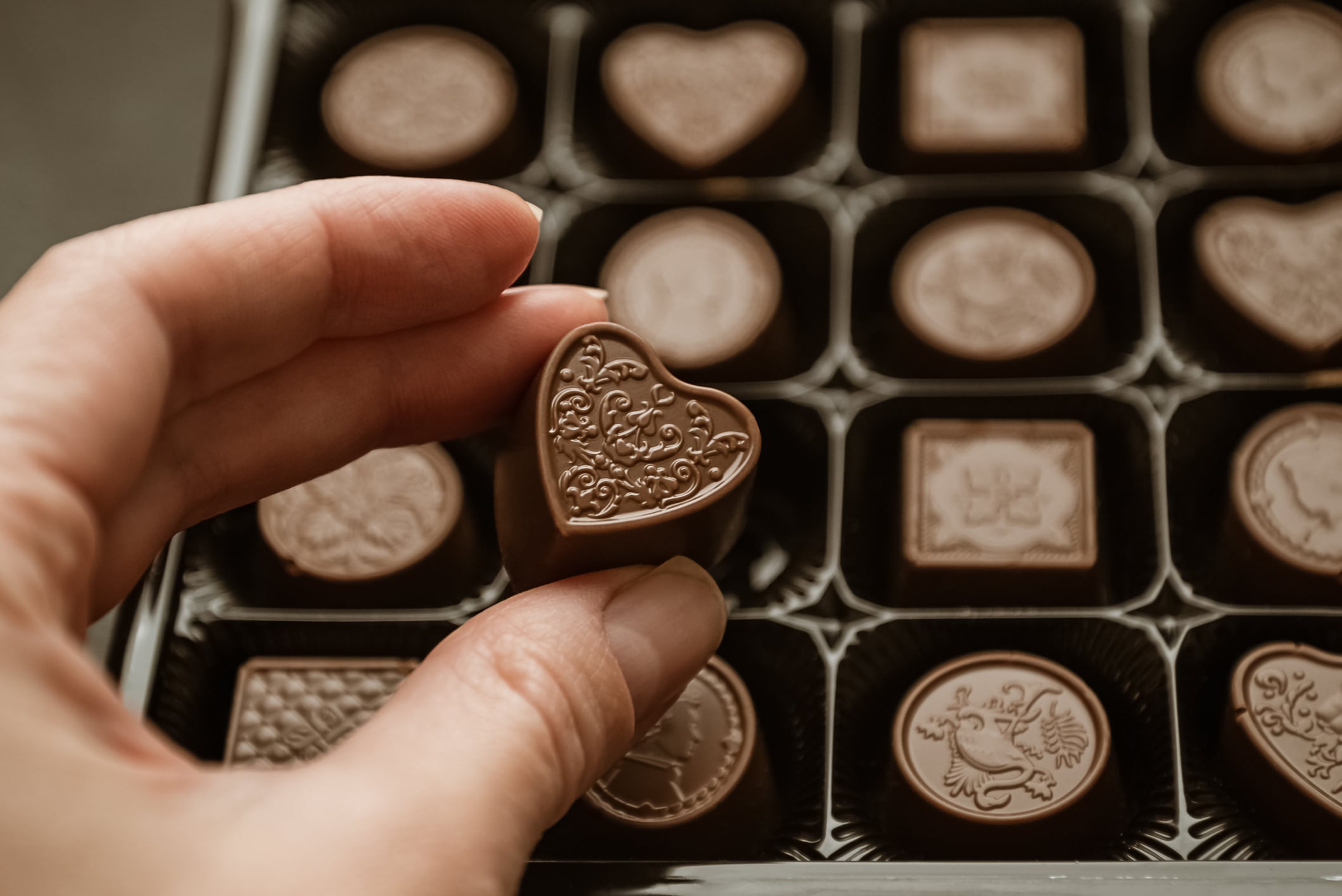
The future of chocolate
As the chocolate market evolves, it’s clear that innovation, sustainability, and premiumisation will continue to shape its trajectory.
From the enduring popularity of milk chocolate to the rising demand for functional and premiumised products, manufacturers are responding to a more discerning and health-conscious consumer base.
With advancements in packaging, supply chain efficiency, and digital retail channels, chocolate is not only becoming more accessible but also more aligned with modern values and lifestyles.
Whether driven by indulgence, wellness, or gifting, chocolate remains a resilient and dynamic category - one that’s poised to delight consumers and drive growth for years to come.




